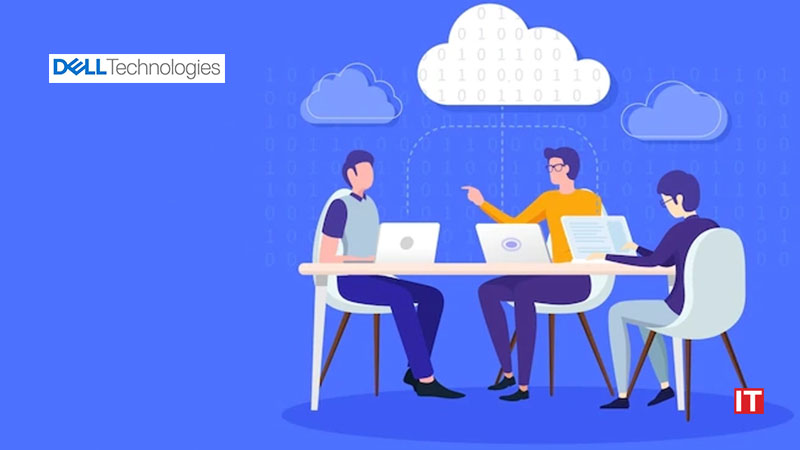Dell Technologies is introducing new infrastructure solutions, co-engineered with VMware, that deliver greater automation and performance for organizations embracing multicloud and edge strategies.
“Customers tell us they want help simplifying their multicloud and edge strategies as they look to drive more efficiency and performance from their IT,” said Jeff Boudreau, president, Dell Technologies Infrastructure Solutions Group. “Dell Technologies and VMware have numerous joint engineering initiatives spanning core IT areas such as multicloud, edge and security to help our customers more easily manage and gain value from their data.”
Business data and applications continue to grow in multicloud environments comprised of edge locations, public clouds and on-premises IT. Many organizations have already adopted a multicloud approach, and the number of applications running at the edge will grow 800% by 2024.1
“IDC’s global research shows many organizations are struggling to balance the rapidly rising complexity and cost of data center, edge and cloud operations with relentless business demand for better data integration, security and application performance,” notes Mary Johnston Turner, IDC research vice president, future of digital infrastructure agenda. “These organizations recognize the need for a consistent operating model tightly integrated with infrastructure platforms that support sophisticated, large scale data-driven workloads.”
Also Read: Cebu Pacific selects IBS Software to transform crew operations
Dell is introducing several new VxRail systems and software advancements that improve performance on-premises and at the edge including the industry’s only jointly engineered HCI-based DPU solution with VMware.2
- Improved system performance: A result of co-engineering with VMware and its Project Monterey initiative, VxRail systems support new VMware vSphere 8 software that has been rearchitected to run on DPUs. Customers can improve application and networking infrastructure performance and improve TCO by moving these services from a system’s CPU to its new on-board DPU.
- Support demanding workloads: Select VxRail systems now support VMware’s new vSAN Enterprise Storage Architecture (ESA). With up to 4x vSAN performance improvement3, customers can better support demanding mission-critical applications.
- Smallest edge systems: VxRail rugged modular nodes deliver high performance and scalability in the system’s smallest form factor to date.4 Modular nodes are ideal for edge use cases including healthcare, energy and utilities and digital cities because of VxRail’s industry-first, on-board hardware witness5, which will allow for deployment in high latency, low bandwidth locations.
“The increasing demand for software-defined infrastructure services for networking, storage and security places more demands on already-strained CPUs. As more distributed, resource intensive applications are onboarded, there is a need to reimagine data center architecture to fully support the requirements of these applications,” said Krish Prasad, senior vice president & general manager, Cloud Platform Business, VMware. “Dell VxRail with VMware vSphere 8 will deliver a foundation for next generation data center architecture by running infrastructure services on the DPU. This will enable greater network and application performance and a new level of sophistication in adopting Zero Trust security strategies to protect modern enterprise workloads.”
Dell is adding several offers to its APEX portfolio for VMware workloads that help speed development of cloud-native apps and better allocate compute and storage resources for applications at the edge.
APEX Cloud Services with VMware Cloud adds managed VMware Tanzu Kubernetes Grid services, which allows IT teams to help developers move faster by using a container-based approach to application development. With Dell-managed Tanzu services, customers can provision Kubernetes clusters through the vSphere user interface. Organizations also will be able to help speed development efforts by building, testing and running cloud-native applications alongside traditional applications on the same platform.
































